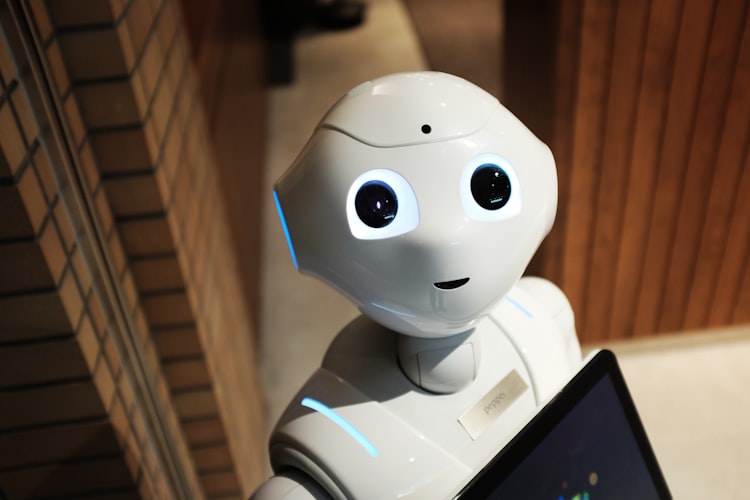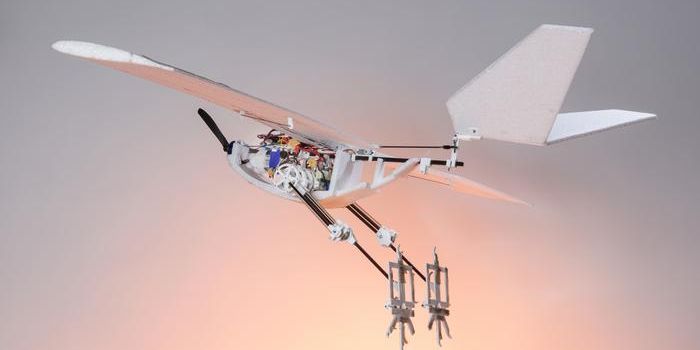Developing a Medical Robot
Could a medical robot be the next big thing?
Researchers at Rutgers University engineered a clinical device based on the workings of a robot, artificial intelligence (AI) and near-infrared and ultrasound imaging to draw blood or insert catheters for the delivery of fluids and drugs. The findings of the study were published in the journal Nature Machine Intelligence and describes how autonomous systems like the image-guided robotic device could outperform people on some complex medical tasks.
Learn more about previous studies in robotic-assisted surgeries:
"Using volunteers, models and animals, our team showed that the device can accurately pinpoint blood vessels, improving success rates and procedure times compared with expert health care professionals, especially with difficult to access blood vessels," said senior author Martin L. Yarmush, Paul & Mary Monroe Chair & Distinguished Professor in the Department of Biomedical Engineering in the School of Engineering at Rutgers University-New Brunswick.
The invention of a medical robot could decrease injuries and increase efficiency and outcomes of procedures. In addition, a medical robot can carry out tasks with little supervision and minimal resources limited. As such, this would allow critical care providers to shift their focus on things of greater importance in their patients.
This tabletop robotic device can accurately steer needles and catheters into tiny blood vessels with minimal supervision. Photo: Martin Yarmush and Alvin Chen via Rutgers.edu
"Not only can the device be used for patients, but it can also be modified to draw blood in rodents, a procedure which is extremely important for drug testing in animals in the pharmaceutical and biotech industries," Yarmush said.
A medical robot that can get access to veins, arteries and other blood vessels is the first step in many diagnoses and therapies. Such clinical applications includes a blood draw, medication and fluid administration, as well as introducing devices such as stents and monitoring health.
With minimal supervision, the device can accurately maneuver needles and catheters into miniature enclosed blood vessels. Using artificial intelligence with near-infrared and ultrasound imaging, the device can perform complex visual tasks by detecting blood vessels surrounding tissue and then classifying and estimating their depth through motion tracking.
In other published work, the authors have shown that the device can serve as a platform to merge automated blood-drawing and downstream analysis of blood. The device helps prevent invasive approaches when some blood vessels are inaccessible—such development can reduce risky complications like internal bleeding in adjacent arteries or damage in nearby organs.
In the near future, researchers are hopeful that the device can be advanced to cater to a wide range of patients.
Source: Rutgers University










